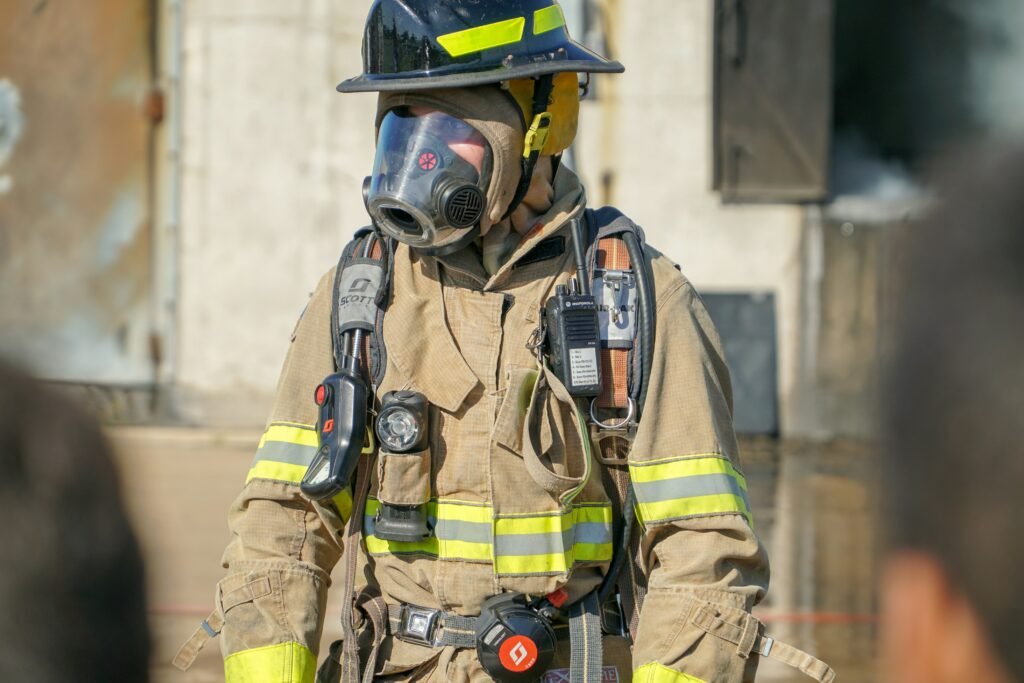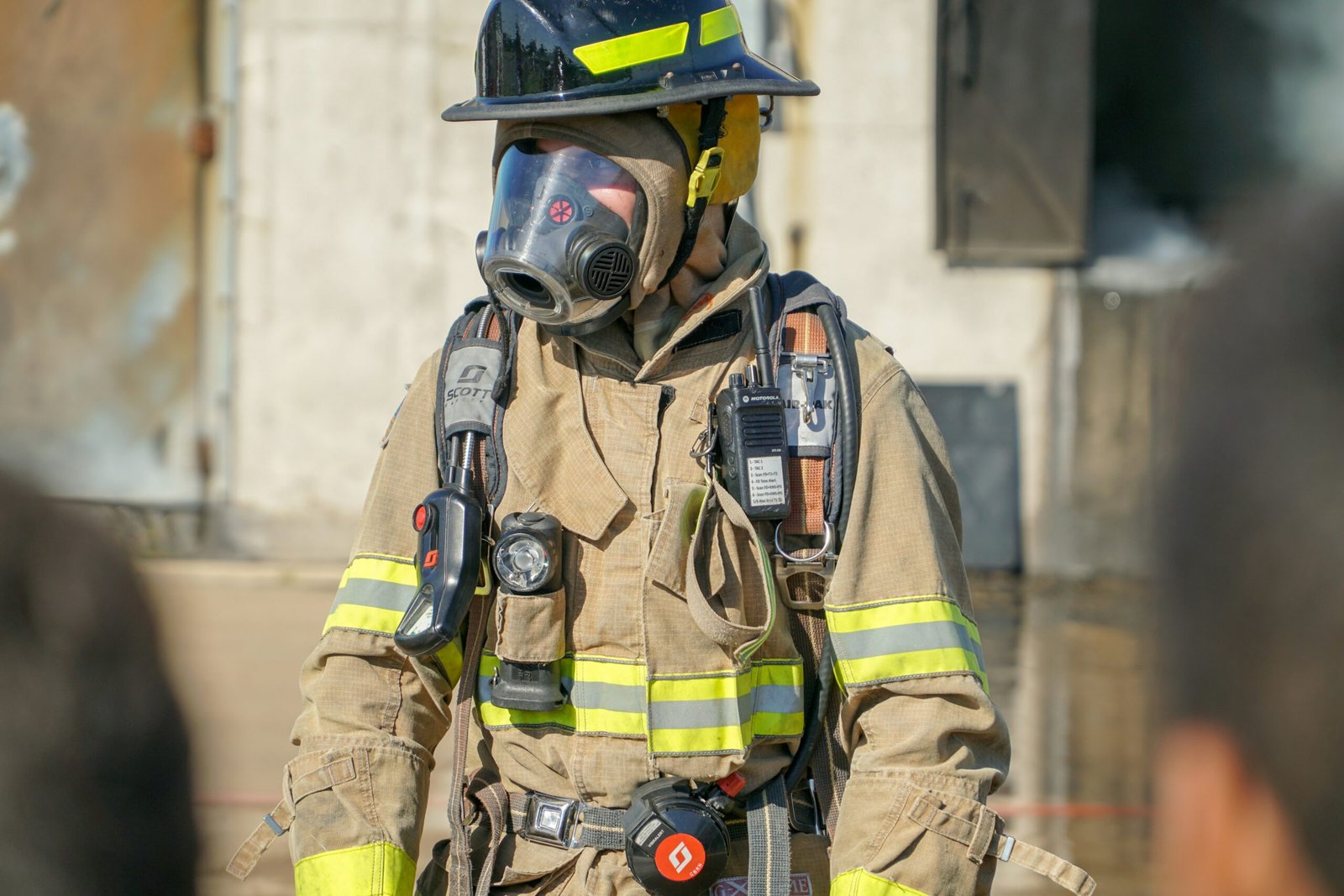Welcome to an exploration of cutting-edge techniques for designing fireproof and waterproof structures. In this article, we will dive into the world of innovative approaches that integrate advanced materials and technologies to enhance the safety and resilience of buildings. From fire-resistant coatings to waterproof membranes, these design features are revolutionizing the way we think about protecting our homes and businesses from potential threats. Join us as we discover how these solutions are shaping the future of architecture and construction.
Innovative Approaches to Fireproof and Waterproof Design Features
Have you ever wondered how buildings can be designed to withstand both fires and water damage? In this article, we will explore some innovative approaches to incorporating fireproof and waterproof design features into structures. Whether you’re a homeowner looking to protect your property or a builder interested in the latest advancements in construction, you’ll find valuable information here on creating resilient buildings that can withstand the elements.

This image is property of images.unsplash.com.
Understanding Fireproof Design Features
When it comes to fireproofing a building, there are several key design features to consider. Fire-resistant materials, compartmentalization, and proper ventilation all play a crucial role in reducing the spread of fire and minimizing damage. Let’s delve into each of these elements to gain a better understanding of how they work together to create a fireproof structure.
Fireproof features are essential in protecting a building and its occupants from the devastating effects of fires. By incorporating these design elements into a construction project, you can greatly increase the safety and resilience of the building.
Fire-Resistant Materials
One of the most fundamental aspects of fireproof design is the use of fire-resistant materials. These materials are specially designed to withstand high temperatures and inhibit the spread of flames. Common fire-resistant materials include:
- Fire-rated gypsum board: Often used for walls and ceilings, fire-rated gypsum board is designed to slow the spread of flames.
- Fire-resistant glass: This specialized glass can withstand extreme heat and prevent fire from spreading through windows and doors.
- Fire-retardant coatings: Applied to structural elements such as wood beams, fire-retardant coatings deter the ignition and spread of fires.
By incorporating these materials into the construction of a building, you can create a protective barrier against fires and reduce the risk of structural damage.
Compartmentalization
Compartmentalization is another key aspect of fireproof design. This strategy involves dividing a building into separate compartments with fire-resistant barriers to prevent the spread of flames. In the event of a fire, compartmentalization helps contain the fire to a specific area, limiting its impact on the rest of the building.
By compartmentalizing a structure, you can slow the progression of a fire and provide occupants with more time to evacuate safely. This design feature is especially important in multi-story buildings, where fires can quickly escalate if not contained.
Proper Ventilation
In addition to fire-resistant materials and compartmentalization, proper ventilation is crucial for fireproof design. Adequate ventilation helps control the spread of smoke and heat during a fire, allowing occupants to escape and firefighters to access the building more easily.
Properly designed ventilation systems can also prevent the buildup of dangerous gases and reduce the risk of flashovers, where all combustible materials in a room ignite simultaneously. By incorporating smoke vents, dampers, and other ventilation features into a building’s design, you can enhance its fire safety and protect both the structure and its occupants.
Incorporating Waterproof Design Features
Water damage is another common concern for building owners, especially in areas prone to flooding or heavy rainfall. Fortunately, there are several innovative approaches to waterproof design that can help mitigate the risk of water infiltration and protect structures from moisture-related issues. Let’s explore some key waterproof design features and how they can benefit your building.
Waterproof design features are essential for preventing costly water damage and preserving the integrity of a building. By implementing these features, you can safeguard your property against leaks, mold, and other issues associated with excess moisture.
Waterproof Membranes
One of the most effective ways to waterproof a building is by installing waterproof membranes. These durable materials are applied to surfaces such as roofs, foundations, and basements to create a watertight barrier that prevents water from seeping into the structure. Waterproof membranes come in various forms, including:
- Bituminous membranes: Made from asphalt or polymer-modified bitumen, bituminous membranes are commonly used for waterproofing roofs and below-grade structures.
- Liquid-applied membranes: These flexible coatings are applied as a liquid and cure to form a seamless, waterproof barrier on surfaces such as concrete and metal.
- Sheet membranes: Consisting of thin sheets of materials like PVC or EPDM, sheet membranes are easy to install and provide durable waterproofing protection.
By choosing the right waterproof membrane for your building’s needs, you can effectively shield it from water intrusion and extend its lifespan.
Drainage Systems
In addition to waterproof membranes, drainage systems are essential for managing water around a building and preventing flooding. Properly designed drainage systems can redirect water away from the foundation, basements, and other vulnerable areas, reducing the risk of water damage.
Common types of drainage systems include:
- French drains: These subsurface drainage systems consist of perforated pipes surrounded by gravel, which collect and redirect groundwater away from the building.
- Gutters and downspouts: Essential for managing rainwater runoff from roofs, gutters and downspouts channel water away from the building to prevent foundation saturation.
- Sump pumps: Installed in basements or crawl spaces, sump pumps remove excess water to prevent flooding and moisture buildup.
By integrating these drainage systems into your building’s design, you can effectively manage water flow and protect your property from the damaging effects of water infiltration.
Vapor Barriers
Another important waterproof design feature is the use of vapor barriers to control moisture vapor transmission through building materials. Vapor barriers are typically installed in walls, roofs, and foundations to prevent condensation and moisture buildup that can lead to mold growth and structural damage.
Common types of vapor barriers include:
- Polyethylene sheets: These plastic sheets are commonly used as vapor barriers in walls and crawl spaces to block moisture intrusion.
- Foam board insulation: In addition to providing thermal insulation, foam board materials can act as vapor barriers to control moisture transmission.
- Spray-applied coatings: Liquid-applied coatings can be sprayed onto surfaces to create a seamless vapor barrier that protects against moisture infiltration.
By incorporating vapor barriers into your building’s design, you can create a more resilient structure that is less susceptible to moisture-related issues.
Combining Fireproof and Waterproof Design Features
While fireproof and waterproof design features serve distinct purposes, they can also complement each other to create a more resilient and durable building. By integrating these features into a construction project, you can enhance the safety and longevity of the structure while minimizing the risk of damage from fires and water infiltration.
Integrated Insulation Systems
One innovative approach to combining fireproof and waterproof design features is the use of integrated insulation systems. These systems incorporate both fire-resistant and waterproof materials to create a protective envelope that enhances the building’s performance in various environmental conditions.
Integrated insulation systems can include:
- Fire-retardant insulation: Insulation materials treated with fire-retardant chemicals to reduce flammability and slow the spread of flames.
- Waterproof insulation: Moisture-resistant insulation materials that prevent water infiltration and resist mold growth in damp conditions.
By using integrated insulation systems in walls, roofs, and other building components, you can achieve a balance of fireproofing and waterproofing properties that improve the building’s overall resilience.
Exterior Cladding Solutions
Another effective way to combine fireproof and waterproof design features is through the use of exterior cladding solutions. These protective layers are installed on the exterior of a building to shield it from fires, moisture, and other environmental hazards.
Common types of exterior cladding materials include:
- Fiber cement siding: Resistant to fire and water damage, fiber cement siding is a durable cladding option that provides excellent protection against the elements.
- Metal panels: Metal cladding panels offer fire resistance and waterproofing properties, making them ideal for high-risk environments.
- Stone veneer: Natural stone veneer provides a decorative finish while also offering fireproof and waterproof qualities that enhance the building’s durability.
By selecting the right exterior cladding materials for your building, you can enhance its visual appeal and protect it from fire and water damage simultaneously.
Fire and Water-Resistant Sealants
Sealants are essential for closing gaps and penetrations in a building’s envelope to prevent the infiltration of water and fire. Fire and water-resistant sealants are specially formulated to withstand high temperatures and repel moisture, providing an additional layer of protection for vulnerable areas.
Common types of fire and water-resistant sealants include:
- Silicone sealants: These flexible sealants are resistant to heat, water, and UV exposure, making them suitable for a wide range of applications.
- Firestop sealants: Specifically designed to seal around openings in fire-rated walls and floors, firestop sealants prevent the spread of flames and smoke.
- Polyurethane sealants: These durable sealants provide excellent adhesion and elasticity, making them ideal for sealing joints and gaps in fireproof and waterproof applications.
By using fire and water-resistant sealants in conjunction with other design features, you can create a more robust barrier against fires and water infiltration.
Conclusion
Innovative approaches to fireproof and waterproof design features are essential for creating resilient buildings that can withstand the challenges of fires and water damage. By understanding the key elements of fireproof and waterproof design, including fire-resistant materials, compartmentalization, drainage systems, and vapor barriers, you can enhance the safety and durability of your structures.
Whether you’re a homeowner looking to protect your property or a builder seeking to incorporate the latest advancements in construction, the integration of fireproof and waterproof design features is crucial for ensuring the long-term success of your building projects. By combining these elements effectively, you can create buildings that are better equipped to withstand the elements and provide a safe and secure environment for occupants.
Remember, when it comes to fireproof and waterproof design, prevention is key. By implementing proactive measures and utilizing innovative solutions, you can minimize the risk of damage and safeguard your building against potential threats. Stay informed, stay prepared, and make safety a top priority in all your construction endeavors.
